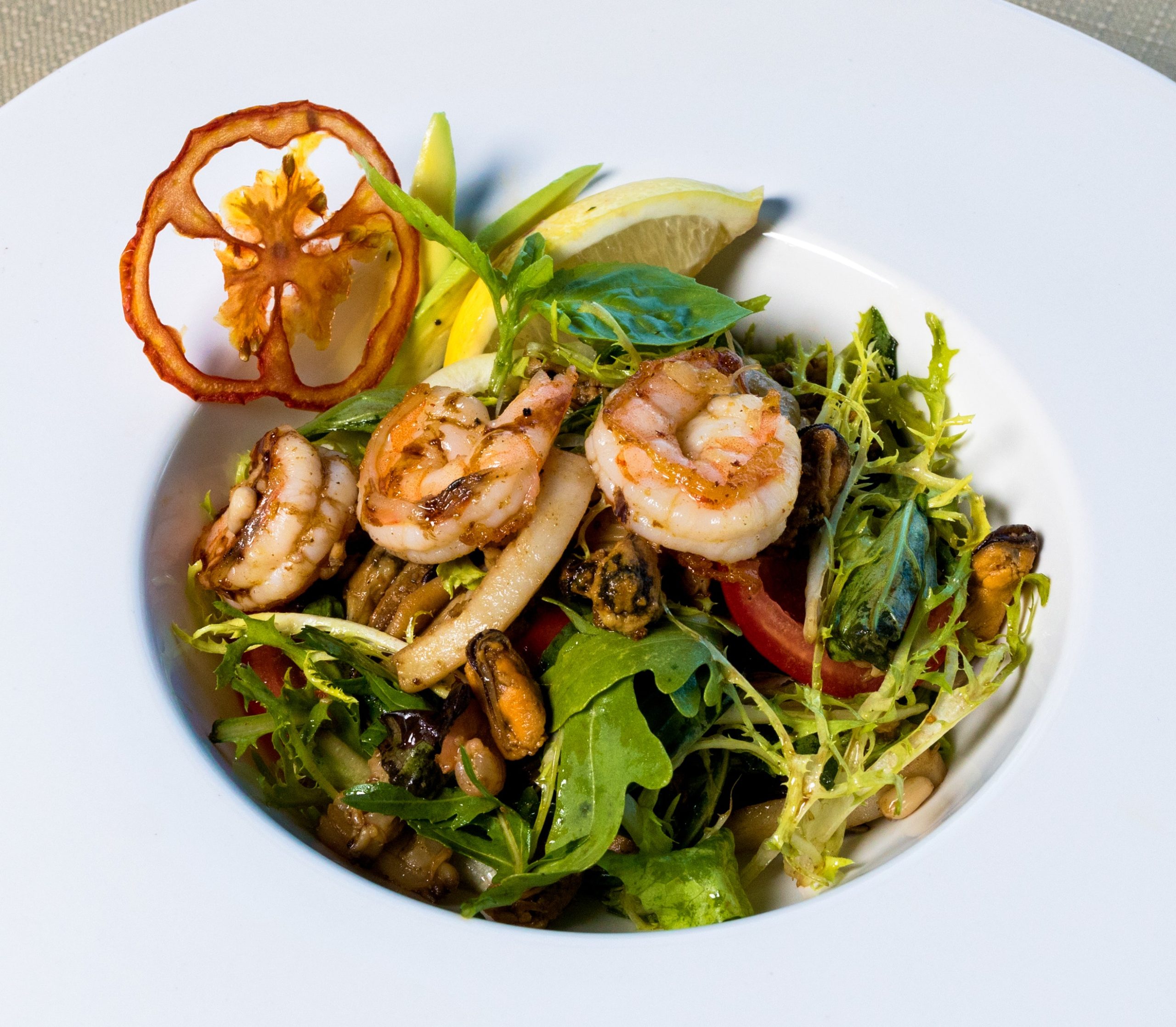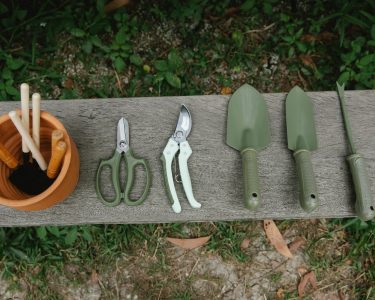Are you tired of buying fruits and vegetables that lack taste and freshness from your local grocery store? Do you have a small space but still want to enjoy the benefits of growing your own food? Look no further! In this blog post, we’ll show you how easy it is to grow your own produce in even the tiniest of spaces. Not only will it save you money, but it’s also good for the environment and can improve your overall health. So let’s get started on creating a green thumb with these tips on growing your own food in small spaces!
The benefits of growing your own food
Growing your own food has numerous benefits that extend beyond just the satisfaction of harvesting and eating fresh produce. One major benefit is knowing exactly where your food comes from and how it’s grown, giving you peace of mind about what you’re putting into your body.
Another benefit is the cost savings associated with growing your own food. By planting seeds in a small space, you can grow an abundance of fruits and vegetables for a fraction of the price that you would pay at a grocery store or farmers’ market.
Additionally, growing your own food helps reduce carbon emissions by decreasing reliance on large-scale agriculture methods that rely heavily on transportation to bring produce to consumers.
Gardening also provides mental health benefits as it encourages mindfulness and relaxation through connecting with nature. It can even be a form of exercise, helping improve strength and flexibility as well as reducing stress levels.
By growing your own herbs like basil, thyme or parsley for example- it adds flavor to all kinds meals without any additives while providing nutritional value too!
The best crops for small spaces
When it comes to growing your own food in small spaces, choosing the right crops can make all the difference. Here are some of the best options for those with limited space:
1. Leafy Greens: Lettuce, spinach, and kale are all great choices for small gardens or even indoor containers. They grow quickly and can be harvested multiple times throughout the season.
2. Tomatoes: While they do require a bit more space than some other crops, tomatoes can still be grown in smaller areas with proper support like cages or trellises.
3. Herbs: Basil, parsley, cilantro, and chives are just a few examples of herbs that thrive in small pots on windowsills or balconies.
4. Peppers: Whether you prefer sweet bell peppers or spicy jalapenos, these flavorful veggies can easily be grown in containers.
5. Radishes: These fast-growing root vegetables don’t take up much room and add a nice crunch to salads and sandwiches.
When deciding what to grow in your small space garden, consider your personal preferences as well as which crops will provide the biggest yield for their size. With a little planning and creativity, anyone can enjoy fresh produce from their own backyard (or balcony).
How to get started growing your own food
Growing your own food is a rewarding endeavor that can bring fresh and nutritious produce to your table. If you’re interested in getting started but don’t know where to begin, here are some tips:
First, decide what you want to grow. Start small with easy-to-grow crops like herbs or lettuce, then work up to more challenging plants like tomatoes or peppers.
Next, choose the right containers for your space. You can use anything from pots and planters to raised beds and window boxes. Just make sure they have adequate drainage and enough room for the plants’ roots.
Then, select high-quality soil and fertilizer for your plants. Look for options specifically designed for container gardening as they will provide the necessary nutrients without being too heavy.
Make sure you give your plants enough sunlight and water regularly. Most vegetables need at least six hours of direct sunlight per day, so place them in a sunny spot if possible.
Be patient! Growing food takes time and effort but it’s worth it when you harvest fresh produce from your own garden.
Recipes using homegrown ingredients
One of the most rewarding aspects of growing your own food is being able to cook with fresh, homegrown ingredients. Whether you’re a seasoned chef or a beginner in the kitchen, using produce from your own garden can add flavor and nutrition to any dish.
Tomatoes are one of the easiest crops to grow in small spaces and make for delicious additions to salads, sandwiches and pasta dishes. Try slicing them thinly and layering them on homemade pizza for an extra burst of flavor.
Herbs such as basil, thyme and rosemary can also be grown in containers on a windowsill or balcony. Add freshly chopped herbs to soups, stews or roasted vegetables for added depth of flavor.
Leafy greens like lettuce, spinach and kale are great options for small space gardening. Use them as the base for refreshing summer salads or sauté with garlic and olive oil for a quick side dish.
Strawberries are another easy-to-grow crop that make tasty desserts when paired with whipped cream or chocolate sauce. Blend them into smoothies or toss them into yogurt bowls for breakfast.
Growing your own food not only allows you to control what goes into your meals but also offers endless opportunities to experiment with new recipes using homegrown ingredients.
Conclusion
Growing your own food can be a rewarding and fulfilling experience, even if you have limited space. Not only does it provide fresh, healthy produce for you and your family to enjoy, but it also helps reduce your carbon footprint by cutting down on transportation emissions.
By starting small and choosing the right crops for your space, you can create a thriving garden in no time. With a little patience and dedication, you’ll soon be enjoying delicious homegrown herbs, fruits and vegetables straight from your balcony or backyard.
So why not give it a try? Start planning out your mini-garden today and reap the benefits of growing your own food in small spaces!




